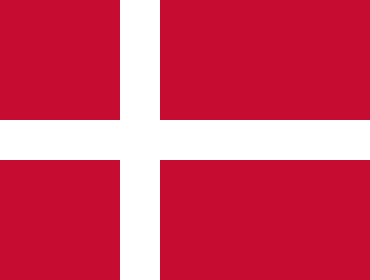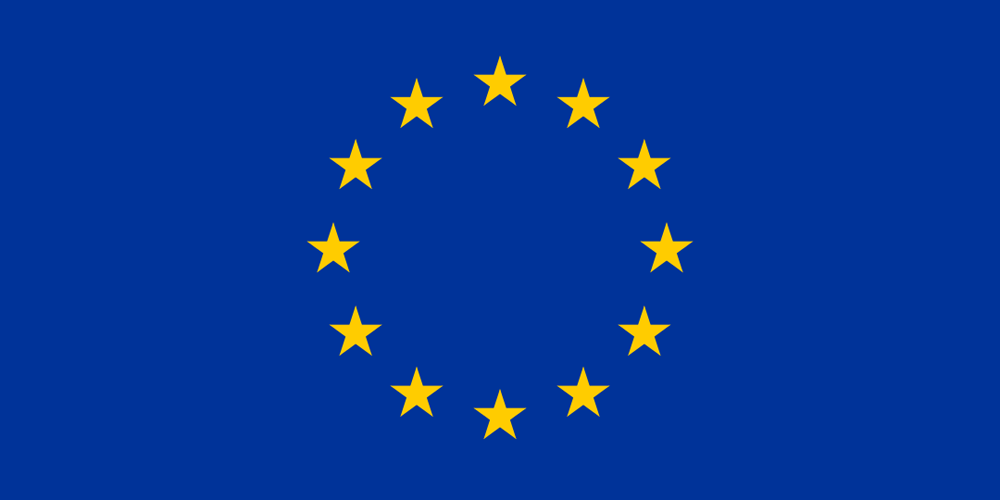Receiving an international wire transfer at Wells Fargo
Wells Fargo has several bank codes that may be used for receiving foreign wire transfers, depending on the currency and location of the sending bank. Here are some of the most common codes used for Wells Fargo:
SWIFT Code: WFBIUS6S: This code is used for receiving wire transfers in U.S. dollars from foreign banks.
ABA Routing Number: 121000248: This code is used for receiving wire transfers in U.S. dollars from banks located within the United States.
CHIPS UID: 0509: This code is used for receiving wire transfers in U.S. dollars from foreign banks that are members of the Clearing House Interbank Payments System (CHIPS).
Fedwire ABA Routing Number: 121000248: This code is used for receiving wire transfers in U.S. dollars from banks located outside of the United States.
It's important to note that specific bank codes may vary depending on the currency and location of the sending bank, and it's recommended to confirm the correct codes with Wells Fargo before initiating a wire transfer. Additionally, Wells Fargo may charge fees for receiving wire transfers, so it's important to check the current fees and policies before initiating a transaction.
Wells Fargo credit card FX fees
Wells Fargo offers several credit cards with different foreign transaction fees. Here are some examples:
Wells Fargo Propel American Express Card: This card charges no foreign transaction fees, making it a good option for travelers who frequently make purchases in foreign currencies.
Wells Fargo Visa Signature Card: Similar to the Propel American Express Card, this card also does not charge foreign transaction fees.
Wells Fargo Cash Wise Visa Card: This card charges a foreign transaction fee of 3% of each transaction in U.S. dollars.
Wells Fargo Platinum Card: Similar to the Cash Wise Visa Card, this card also charges a foreign transaction fee of 3% of each transaction in U.S. dollars.
It's important to note that credit card terms and conditions can change, so it's always a good idea to check the current fees and policies before applying for or using a credit card for foreign transactions.
If you wish to save on exchange rates and foreign ATM fees then you should consider the  Wise multi-currency card.
Wise multi-currency card.
Everyday Costs in in Denmark
How much does it really cost to live, work, or travel in ? Here's what to expect for daily expenses and expat living.
For Travelers
Planning a trip to Denmark, known by the ISO code DK, involves budgeting appropriately for a comfortable experience in this Scandinavian country. For a 1-week mid-range stay, travelers should consider bringing around 7,000 to 10,000 DKK. This estimate covers daily expenses, including a meal at a local restaurant averaging 150 DKK, a cup of coffee at 35 DKK, and a single public transport ticket costing 24 DKK. A prepaid SIM card with basic data can cost approximately 100 DKK, while accommodation in a budget hotel or Airbnb typically ranges from 700 to 1,200 DKK per night. Denmark tends to be on the more expensive side compared to other destinations, especially when compared to the United States. In terms of dining and accommodation, Denmark is generally pricier than the U.S., and the cost of living is comparable to that in the United Kingdom or Australia, though slightly less than in Singapore.
For Expats
For those considering a longer stay, Denmark offers a blend of high living standards and modern amenities. Expats can expect typical monthly living costs to range from 12,000 to 25,000 DKK, depending heavily on lifestyle and family size. Renting an apartment in the city center can be costly, around 8,000 to 12,000 DKK per month, whereas utilities and groceries might total approximately 2,500 DKK. Banking in Denmark is straightforward, with easy access to ATMs and wide acceptance of international cards. However, it's advisable to have a local bank account, especially for various daily transactions and receiving salaries. For sending or receiving money, online transfer services like Wise or OFX are highly efficient and often more economical than traditional banks. Exchanging money locally can incur additional costs, so using these services or withdrawing cash from ATMs directly is usually preferable.



